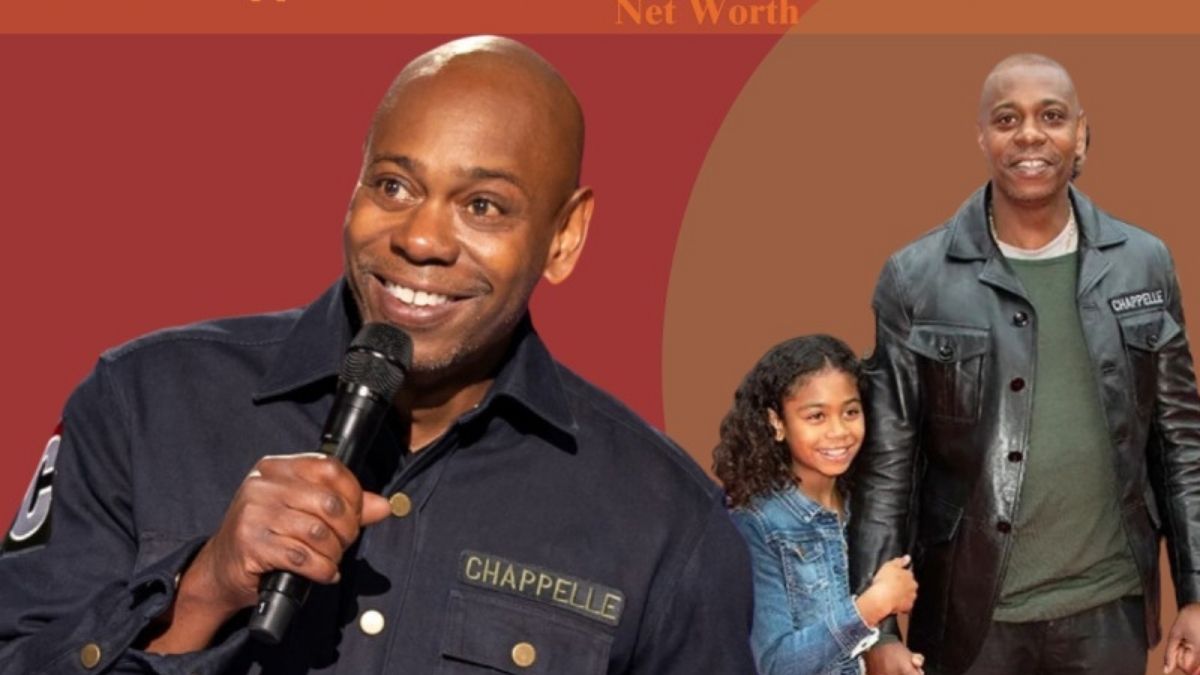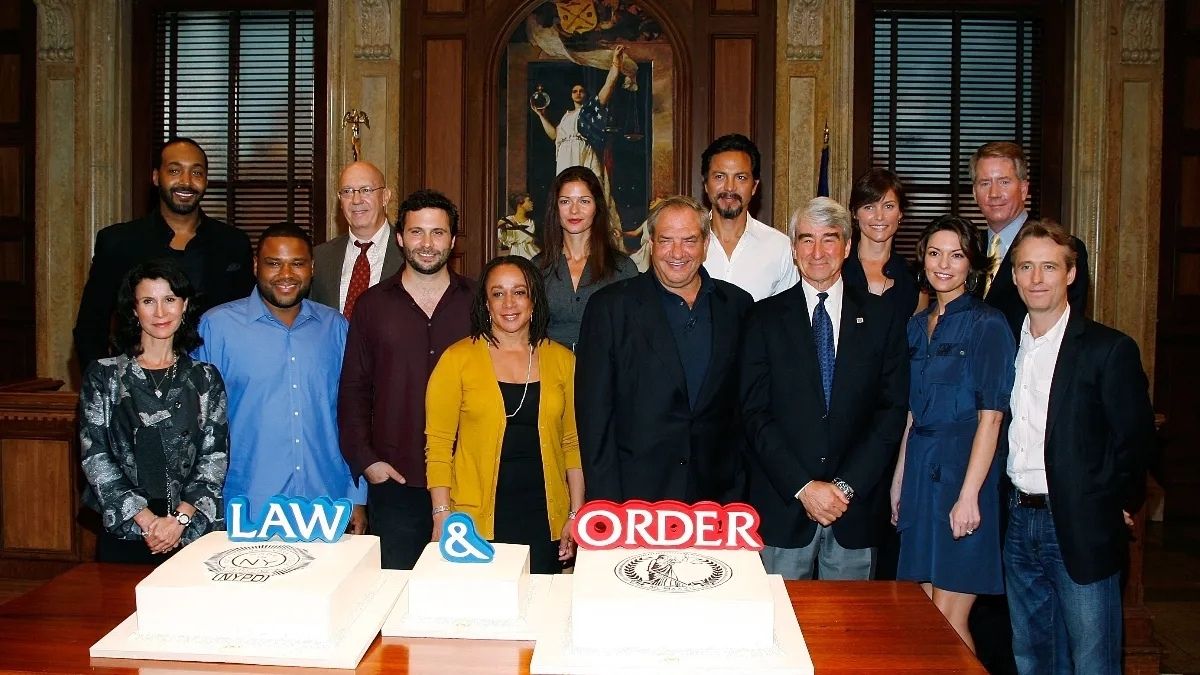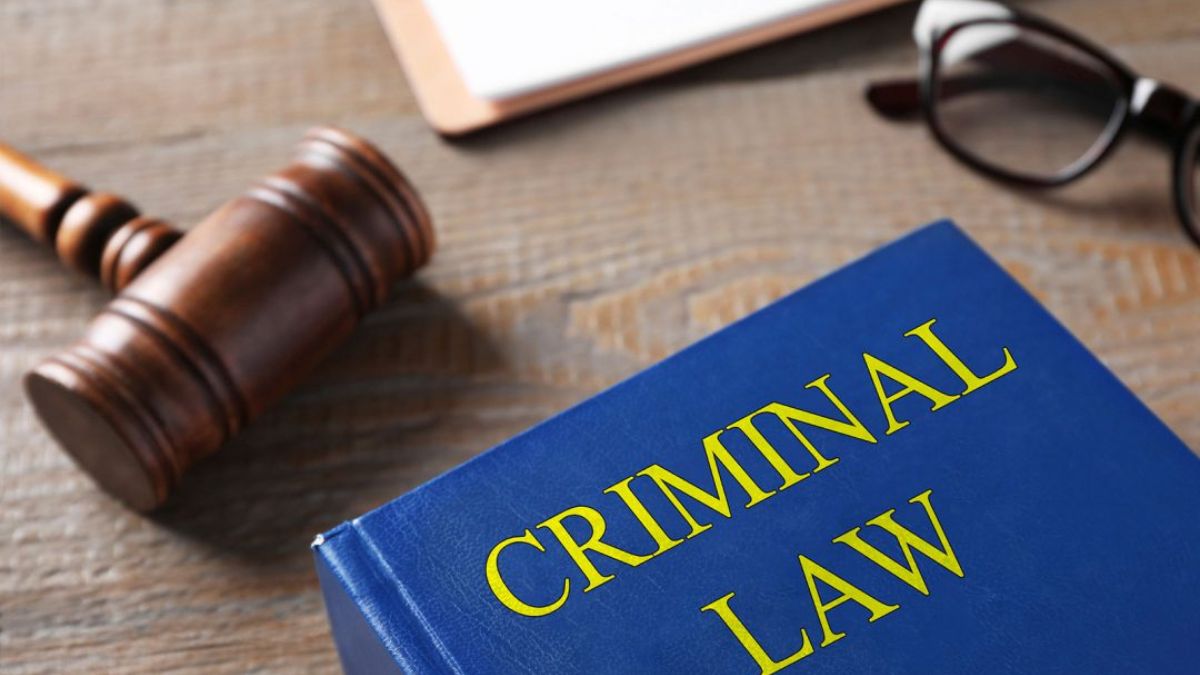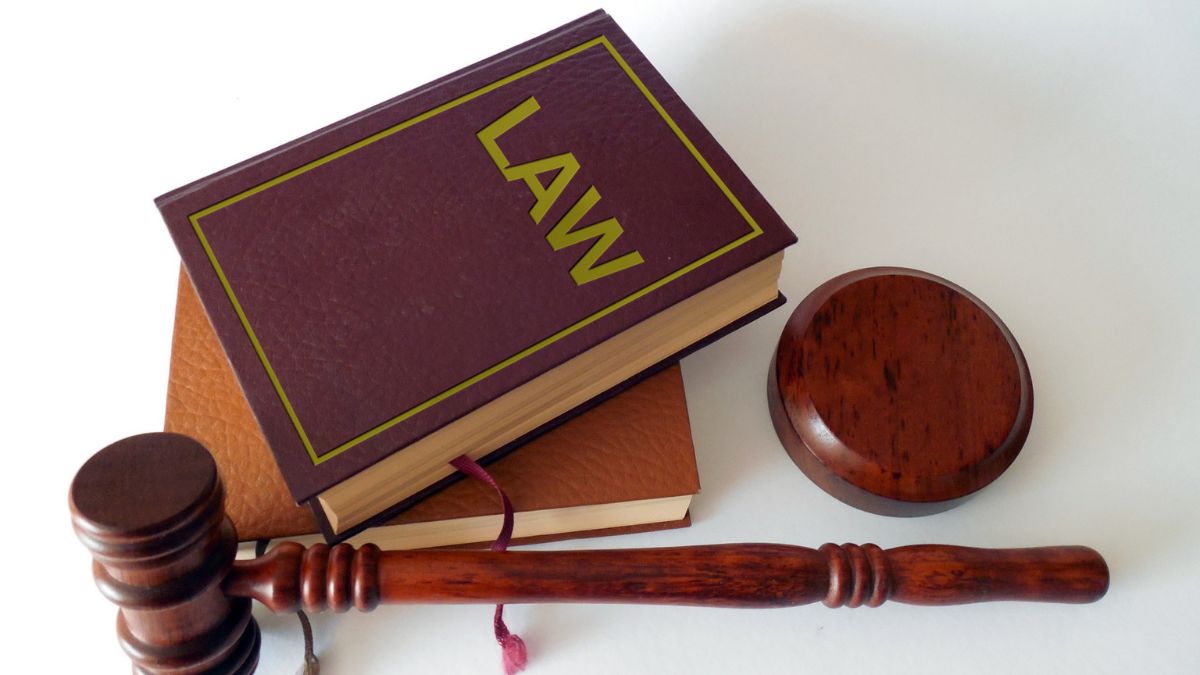The gavel has banged, the case is closed, and yet audiences remain captivated by the compelling characters who brought justice to television screens for decades. Law & Order distinct in two-part format—following police investigations and courtroom proceedings—created a unique platform for actors to showcase their talents across multiple storylines and character arcs.
From seasoned veterans who anchored the series through multiple seasons to guest stars who delivered unforgettable performances in single episodes, the Law & Order franchise has featured some of television’s most memorable characters. Understanding the cast dynamics and character evolution reveals why this procedural drama became a cultural phenomenon that spawned multiple spin-offs and influenced countless crime shows.
The show’s casting philosophy emphasized ensemble work over star power, creating opportunities for character actors to shine while maintaining the procedural format that kept viewers returning week after week.
The Original Series Foundation
Jerry Orbach as Detective Lennie Briscoe became the heart of Law & Order’s police investigations. His dry wit and seasoned detective instincts made Briscoe one of television’s most beloved characters. Orbach’s theater background brought gravitas to the role, while his chemistry with various partners created some of the series’ most memorable moments.
Sam Waterston as Executive ADA Jack McCoy dominated the courtroom with his passionate advocacy and moral complexity. Waterston’s portrayal balanced legal expertise with personal conviction, making McCoy’s cases compelling beyond their procedural elements. His character’s evolution through changing political climates demonstrated the show’s ability to address contemporary issues.
- Epatha Merkerson as Lieutenant Anita Van Buren provided steady leadership and emotional depth throughout her 17-season tenure. Her character broke barriers as one of television’s most prominent African American female authority figures while maintaining the show’s commitment to character-driven storytelling.
The original cast established character archetypes that would influence procedural dramas for generations. Their performances created a template for balancing personal drama with professional duties.
Character Evolution and Cast Changes
Law & Order’s format allowed for significant cast turnover without disrupting narrative continuity. This flexibility enabled the series to refresh its dynamics while maintaining core storytelling principles.
Detective partnerships provided the series’ emotional foundation. The relationship between Orbach’s Briscoe and Chris Noth’s Detective Mike Logan demonstrated how contrasting personalities could create compelling television. Later pairings, including Jesse L. Martin’s Detective Ed Green and Dennis Farina’s Detective Joe Fontana, brought different energy while maintaining the show’s investigative focus.
Prosecutorial teams evolved to reflect changing legal landscapes and social issues. The dynamic between District Attorneys, Executive ADAs, and Assistant ADAs created opportunities for legal drama that extended beyond individual cases.
Supporting characters like Medical Examiner Dr. Elizabeth Rodgers (Leslie Hendrix) and various judges provided consistency across episodes while allowing guest performers to make significant impacts in recurring roles.
Cast changes often reflected real-world considerations, including actor availability, creative direction, and audience response. These transitions demonstrated the show’s resilience and adaptability.
The Spin-Off Success Stories
Law & Order: Special Victims Unit launched with Mariska Hargitay as Detective Olivia Benson and Christopher Meloni as Detective Elliot Stabler. Their partnership became one of television’s most compelling duos, tackling sensitive subject matter with remarkable depth and authenticity.
Hargitay’s performance as Benson evolved from supporting detective to commanding officer, showcasing her range while maintaining character consistency across multiple decades. Her advocacy work beyond the show has enhanced her character’s impact on real-world issues.
Law & Order: Criminal Intent featured Vincent D’Onofrio as Detective Robert Goren, whose psychological approach to investigations provided a distinctive twist on the franchise formula. D’Onofrio’s intense performance style created a character unlike any others in the Law & Order universe.
These spin-offs demonstrated how the original’s casting philosophy could adapt to different storytelling approaches while maintaining the franchise’s core appeal.
Guest Stars and Notable Performances
Law & Order’s episodic format created opportunities for acclaimed actors to deliver powerful performances without long-term commitments. These appearances often featured future stars in early career roles or established performers taking on challenging character work.
Recurring guest stars like Carolyn McCormick as Dr. Elizabeth Olivet provided psychological insights that enhanced both investigative and legal proceedings. Her character’s expertise added depth to cases involving mental health issues and criminal psychology.
Celebrity appearances included actors, musicians, and public figures playing both fictional characters and versions of themselves. These casting choices reflected the show’s New York setting while maintaining narrative authenticity.
Character actors found steady work within the Law & Order universe, often playing multiple roles across different episodes and series. This approach supported the show’s commitment to realistic portrayals while providing opportunities for versatile performers.
Many guest performers used their Law & Order appearances as stepping stones to more prominent roles, creating a pipeline of talent that benefited both the series and the broader entertainment industry.
Impact on Television and Popular Culture
The Law & Order casting approach influenced television production beyond procedural dramas. The emphasis on character actors over traditional leading performers demonstrated alternative pathways to series success.
Ensemble casting became more prevalent in television drama as producers recognized the benefits of strong supporting characters. Law & Order proved that viewers would invest in procedural formats when character development supported compelling storylines.
Diversity initiatives within the franchise addressed representation issues while maintaining storytelling quality. The series featured actors from various backgrounds in positions of authority and expertise, reflecting New York’s demographic diversity.
Career launching occurred for numerous actors who gained recognition through Law & Order appearances before achieving greater fame in other projects. The series became a proving ground for performers seeking to demonstrate their range and reliability.
The show’s cultural impact extended beyond entertainment, influencing public perceptions of law enforcement, legal proceedings, and criminal justice issues.
Behind the Scenes Insights
Dick Wolf’s vision shaped casting decisions throughout the franchise’s run. His preference for character-driven stories over star vehicles created opportunities for ensemble excellence while maintaining creative control.
Casting directors like Bonnie Finnegan developed expertise in identifying performers who could deliver compelling work within the show’s specific format requirements. Their contributions to the series’ success often went unrecognized by audiences but were crucial to maintaining quality standards.
Writer-actor collaboration produced some of the series’ most memorable moments as performers brought insights to their characters that enhanced scripted material. This collaborative approach contributed to character authenticity and audience engagement.
Behind-the-scenes relationships influenced on-screen chemistry, with lasting friendships developing among cast members who worked together across multiple seasons and series.
The Enduring Legacy of Law & Order’s Stars
Law & Order’s cast created television history through their collective commitment to procedural excellence and character authenticity. Their performances established benchmarks for crime drama that continue influencing contemporary productions.
The franchise’s approach to casting prioritized storytelling over celebrity, creating opportunities for character actors while producing compelling television that resonated with audiences worldwide. This philosophy contributed to the series’ longevity and cultural impact.
Whether you’re revisiting classic episodes or discovering the franchise for the first time, the exceptional performances by Law & Order’s cast members remain the foundation of its enduring appeal. Their dedication to character development within procedural constraints created television that entertained while exploring complex moral and social issues











